
Introduction to Diverticulitis
Diverticula are small, bulging sacks that can form anywhere in the digestive system (but are mostly found in the large intestine). Diverticula are very common and associated with ageing. It is estimated that 50% of people have diverticula by the time they are 50 years old, and 70% of people have them by the time they are 80 years old. They may not cause any problems whatsoever, but sometimes they can cause diverticulitis, which is an inflammation or an infection of diverticula in the intestinal wall.
The exact cause of diverticulitis is not known, but there are certain theories. One theory is that the increased pressure in the colon may lead to breakdown of the wall of the diverticula, thus leading to an infection. Another is an obstruction in the narrow opening of a diverticulum may reduce blood supply to the area, which leads to an inflammation. However, none of these theories have been proven.
Symptoms and Treatment
The most common symptoms of this condition include: pain in the lower left side of the abdomen, fever, nausea sometimes accompanied by vomiting, weight loss, abdominal tenderness, constipation, diarrhea, bloating and rectal bleeding (but this is very rare).
The treatment plan usually involves antibiotics. In rare cases, if the patient has an abscess, a perforated colon, or a fistula, is surgery necessary as a form of treatment.
Diet for Diverticulitis
Although the diet itself is not a cure for this condition, it can significantly help one feel better while undergoing therapy. The doctor will probably prescribe a diet for the patient to eat at home.The purpose of a prescribed diet is to give the digestive system a rest while the doctor is treating the problem.
However, the patient will be prescribed a diet that corresponds to his medical state. For instance, if the patient is suffering from an attack at that time, the doctor will recommend that they stick on a clear liquid diet for two or three days. This means that the patient should only have plain water, fruit juices, broths, tea or coffee (without cream), plain gelatin, ice chips, ice pops without bits of fruit or pulp in it, etc.
Then, as the patient starts to feel better, it will be advised that they slowly introduce low-fiber food. This includes: milk (and yogurt and cheese), eggs, enriched white bread, canned fruit, tender meat, white rice, well-cooked vegetables, smooth peanut butter, poultry, and fish, etc.
When the patient has recovered from diverticulitis, a high-fiber diet should be introduced. This means that he is able to eat brown rice, plenty of vegetables, legumes, whole-grain bread and cereals, fruit, etc.
With the help of a healthy, managed diet, and the treatment, the symptoms should subside and cause no more problems.


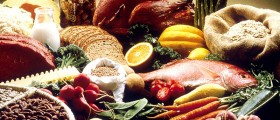
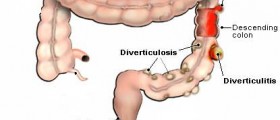
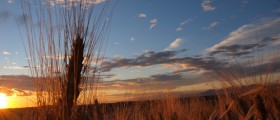

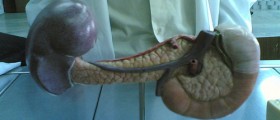
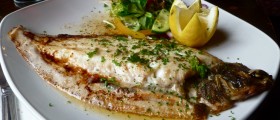

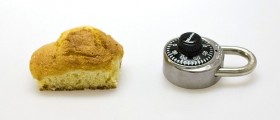
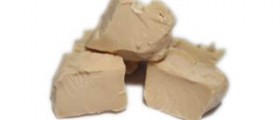

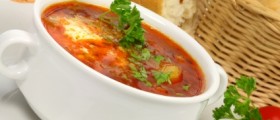
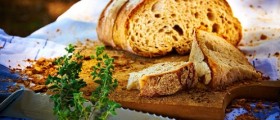
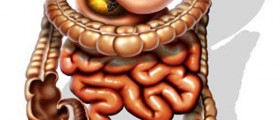
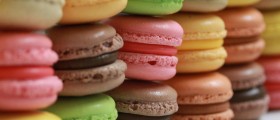
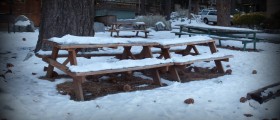
Your thoughts on this
Loading...